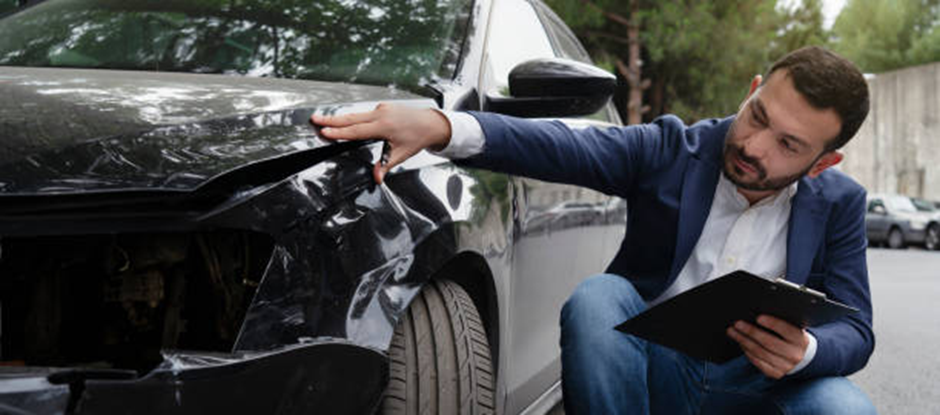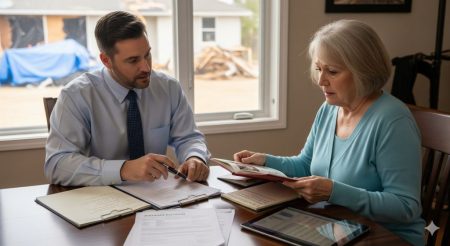
Insurance companies have a set process they follow to determine the amount of compensation you could get when filing a car accident claim. This assessment is not random but specific to your policy and the event in question, as well as any corroborative facts.
Each step follows a process created to establish fault, measure damage, and determine cost. Understanding what happens in your case and when to contact a car crash lawyer can help you prepare the right documents, decrease delays, and increase your chances of reaching a settlement with some equity.
Here is a breakdown of how insurers approach each stage, from the first phone call to the final payout.
Initial Claim Filing
The process starts when you contact your insurer to report the accident, which is often the very first step toward getting your claim processed. Generally, this is available over the phone, online, or via an app, depending on the company. During this stage, you’ll be asked for specific details such as the date/time/location of what happened and a brief overview.
In addition, you may have to provide information about other drivers involved, their insurance details, and any injuries or property damage. In some cases, especially when the situation is complex or liability is unclear, it can be helpful to consult a car crash lawyer before giving your full statement. On top of that, an insurer may ask for immediate photographs or video of the damage. And for those whose car is beyond repair, considering Choosing a New Car Without Overspending becomes the next big step in moving forward after an accident.
Policy Review
Once your claim is filed, the insurance adjuster will examine your policy. They check your limit coverage, deductibles, and if there are any exclusions. Liability suits property damage that you cause to others, while collision covers repairs for your own car. If it is an accident with a non-insured driver, the uninsured motorist portion may be applicable. Choosing the Right Auto Protection Plan beforehand ensures that your coverage matches your needs and that claims are processed smoothly. This step ensures that the company only processes claims that correspond to your coverage.
Liability Assessment
Determining fault is critical because it affects whose insurance pays and how much. Accident reports, state traffic laws, and witness statements are considered by adjusters when determining fault.
How those numbers are reached depends on the specific rules of the particular state. Some states use comparative negligence, which means each side is deemed to be a certain percentage at fault. For example, if you were deemed 20% liable for the accident, your award could be decreased significantly.
Evidence Collection
Insurers collect as much evidence as possible to substantiate the liability decision. This includes:
- Police reports
- Pictures from the accident scene & vehicle damage
- Medical records
- Dashcam footage
- Witness testimony
The more proof, the quicker the resolution.
Vehicle Damage Estimation
An appraiser or adjuster will visit the site to determine how much it will cost to repair your vehicle. Some insurers use specialized software that factors in labor rates, parts prices, and regional averages. If the cost to repair exceeds the car’s value, it may be called a total loss. If that happens, you will generally be given something equal to the car’s value on the open market before the accident.
Wrapping Up
Liability is the most crucial factor for an insurance company when examining a car accident claim. They will go through your coverage, find fault, take pictures, and look at damage for both vehicle and injury, then make a settlement offer. By understanding these steps, you can submit better claims and skip needless delays.






